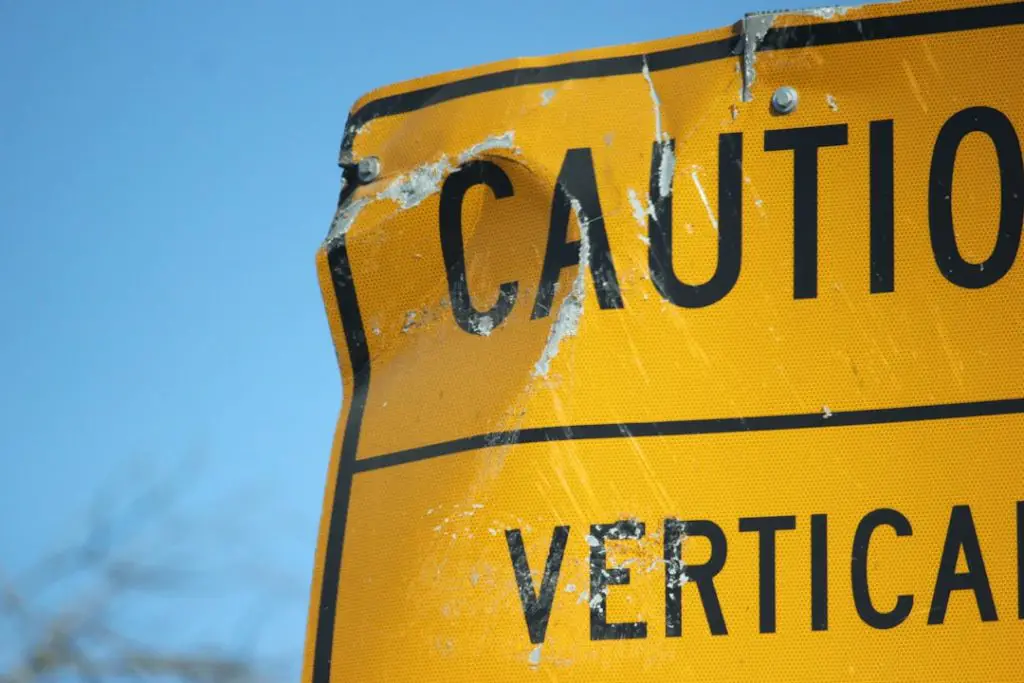You’re happily browsing the internet, sipping your coffee, when *bam!*—a scary error page pops up: “Error 526: Invalid SSL Certificate.” What in the digital world does that mean? Did the internet break? Was it something you clicked?
Don’t worry. This error may look terrifying, but it’s not the end of the world. It’s just your browser and the website server having a little miscommunication.
What Does Error 526 Mean?
Error 526 happens when you’re visiting a website that uses Cloudflare to protect and speed up its content.
Cloudflare acts like a friendly bodyguard, standing between you and the website’s actual server. But Cloudflare has rules. One of those rules? The website’s real server must have a valid SSL certificate.
If the server has an invalid, expired, self-signed, or misconfigured SSL certificate, Cloudflare gets confused and blocks the connection. That’s when your screen shouts Error 526 at you.
The Technical Side (Still Simple, Promise!)
Here’s what’s really going on:
- You visit a secure site (starts with https://).
- Your browser connects to Cloudflare.
- Cloudflare then checks the SSL certificate on the website’s origin server.
- If Cloudflare doesn’t like what it sees, it throws Error 526.
It’s like showing up to a party and realizing your fancy invitation is fake. You get turned away at the door.
What Is an SSL Certificate, Anyway?
An SSL certificate (also known as a TLS certificate) is a digital passport for websites. It helps keep your data safe while it travels between your browser and the website.
It does two cool things:
- Encrypts data, so sneaky people can’t read it.
- Proves identity, so you know the site is legit.
Without it, websites would be like sending private love letters written on postcards—anyone could read them.
So, Why Does Error 526 Pop Up?
This error is very specific. It means your browser got through Cloudflare, but Cloudflare couldn’t verify the SSL certificate on the site’s origin server.
Here are the most common reasons:
- Expired SSL certificate – Oops! Someone forgot to renew it.
- Self-signed certificate – These aren’t trusted without special setup.
- Broken certificate chain – A step in the trust ladder is missing.
- Wrong SSL settings in Cloudflare – Cloudflare is picky about its security settings.
These things happen. SSL certificates are like milk—they go bad if you don’t pay attention.
How to Fix Error 526
If you’re just a regular visitor, there’s not much you can do (except maybe tell the website owner). But if you own or manage the website, keep reading.
1. Check Your SSL Certificate
Go to your origin server and check the SSL certificate. Make sure:
- It’s not expired.
- It’s issued by a trusted Certificate Authority (CA).
- The domain names match exactly.
You can use free tools like SSL Labs’ SSL Test to check it. It’s like a health check for your certificate.
2. Use a Valid Certificate
Self-signed certificates won’t cut it—Cloudflare is strict. You need one from a proper CA.
Luckily, you can get free certificates from places like Let’s Encrypt.
3. Double-Check Cloudflare SSL Settings
Log in to your Cloudflare dashboard and check your SSL/TLS settings. There are 4 options:
- Off
- Flexible
- Full
- Full (Strict)
If you see Full (Strict), it means Cloudflare wants total trust. The certificate must be valid and signed by a recognized CA.
If that’s too much right now, you can switch to just Full. But be careful—it’s less secure.
And please, never use “Flexible” unless you know exactly what you’re doing. It can open doors to bad guys.
4. Reinstall or Update the Certificate
If your certificate is broken or expired, reinstall a new one. Most hosting companies make this super easy.
Here’s a mini checklist:
- Remove the old certificate.
- Install the new one.
- Restart your web server (like Apache or Nginx).
5. Check the Certificate Chain
Sometimes it’s not the main certificate that’s the issue—it’s one of the middle links (the intermediate certificates).
Make sure the chain is complete. You may need to contact your hosting provider if you’re not sure how to fix that.
Still Seeing Error 526?
Try these last-resort solutions:
- Clear your browser cache.
- Check using a different browser or device.
- Use a tool like What’s My DNS to check DNS propagation.
- Disable Cloudflare temporarily to isolate the problem (just be careful).
Sometimes it’s not you—it’s the server having a bad SSL day.
If You’re Just a Visitor
You clicked a link and saw Error 526. Yikes. Here’s what you can do:
- Wait and try again later. The website owner might be fixing things.
- Contact the website (if you can) and let them know.
- Don’t enter sensitive info on a site that has SSL issues!
Remember, this error protects you from unsafe websites, so it’s doing its job well.
A Quick Recap
Error 526 might seem like a web monster, but it’s just a friendly security guard doing its job.
- It happens when Cloudflare doesn’t trust the origin server’s SSL certificate.
- The cause could be an expired, self-signed, or misconfigured certificate.
- If you’re a website owner, fix the certificate and check Cloudflare’s SSL mode.
SSL keeps the internet safe. Error 526 ensures that websites play by the rules.
So next time you see it, don’t panic. Just know that somewhere in the background, a superhero (in the form of a browser and CDN) is protecting your connection.
Now that’s pretty cool, right?
